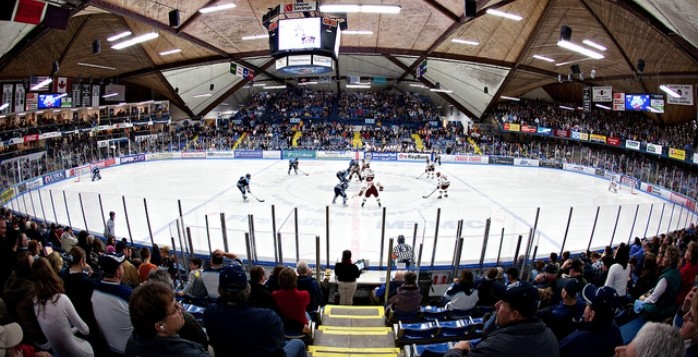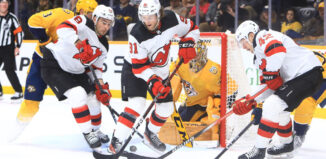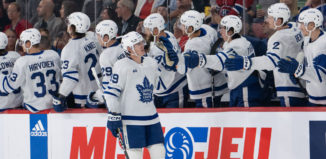Learning the game, just like you
By Ariel Carron
Hockey– thousands of people around the world love this game, worship this game, and know its every aspect. It takes incredible athletic ability and superior coordination– and that’s just for the folks who play for fun. In all honesty, it provides some of the most interesting games to spectate and is immeasurable to other sports. With having said this, I am admittedly a new hockey fan. I don’t know all the rules nor do I have all the knowledge long-time hockey fans have about the game. However, I want to, so I am starting this venture with you all.
Here at the Pink Puck, we recognize that our readers range from the most passionate hockey fans to having very limited knowledge. And personally, I am embarrassed to be the Assistant Associate Editor of a women’s hockey website and only know a handful about the game. To remedy this, I decidedly skated to the net so to speak and am asking our readers to take a journey with me. Starting relatively at the beginning, I’m going to learn and explain different terms, hockey rules, and anything else that will further my (and your) understanding of hockey.
I decided to use the book “A to Z Guide to Hockey Terms” by Tim Moshansky to help me with my goal. I’m going to start with the basics–on ice positions and roles.
Right Wing – This player covers the right side of the ice.
Left Wing – This player covers the left side of the ice.
Centre – This position is responsible for “face-offs” and maintains the ice between the right and left wingers.
Defenseman – A player position that stays near and protects their goal.
Goalie, Goaltender – The responsibility of this player it to defend his team’s net and keeps the opposing team (or puck in general) from getting past him. Factoid: Moshansky mentions that they can also be called a backstopper or netminder.
Captain – Each team has a designated player to represent the team with on-ice officials and overall leadership. These players are determined by a team’s coaching staff and wears a “C” on the front left of his or her jersey.
Assistant Captain – There are two assistant captains per team. They need to be team leaders on and off the ice, can speak to the referees during the game, and can sometimes be known as alternate captains.
Linesmen – These guys are responsible for dropping the puck during face-offs and calling some on-ice infractions (we’ll learn what these are in the near future). They wear black and white striped jerseys with no armband. To distinguish their job versus a referee’s job, linesmen usually watch the center and blue lines, while breaking up altercations between players.
Referee – Most of us know the purpose of a referee, but in hockey, they are considered the “official” on the ice that calls plays, penalties, and drops the puck for period starting and after goal face-offs. They have more authority than a linesman and. Currently, the NHL uses two referees per game.
Face-Off – If we’re really starting from the beginning, it’s important I explain all jargon on our way to enlightenment. A face-off is needed to start the game, after a whistle, or any stop in play. The puck is dropped between two centremen to begin play.
Okay, so this week, there have been a lot of terms to learn. Next week, we’ll explore more terms and also have a special video from Manchester Monarch’s player, Sean Backman, explaining a few new terms. I’m looking forward to our new adventure, Pink Puck-ers!
References:
Moshansky, T. (2010). A to z guide to hockey terms (2nd ed.). Vancouver, BC: First Wave Publishing.














